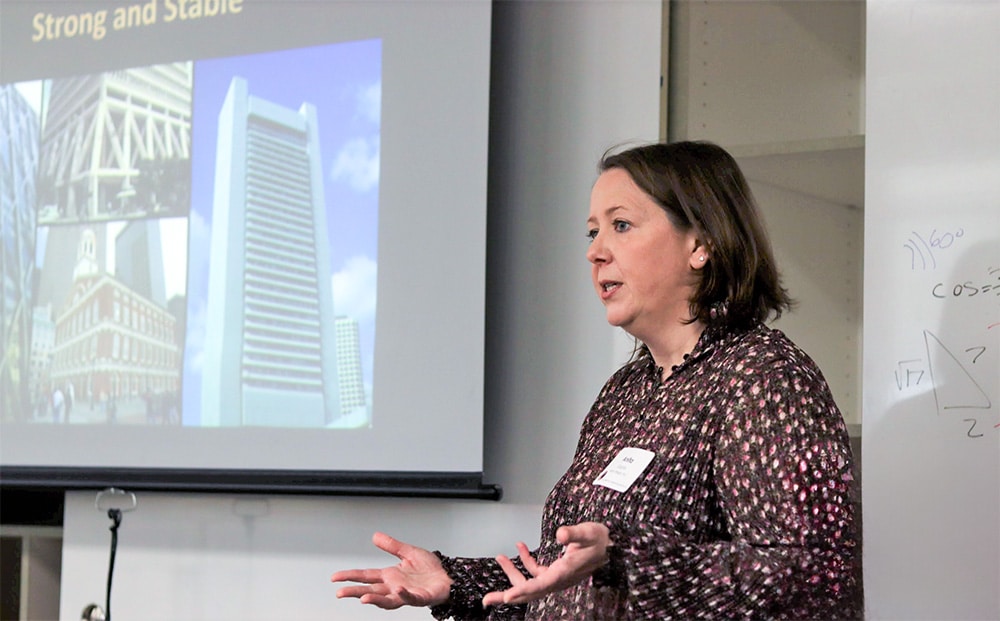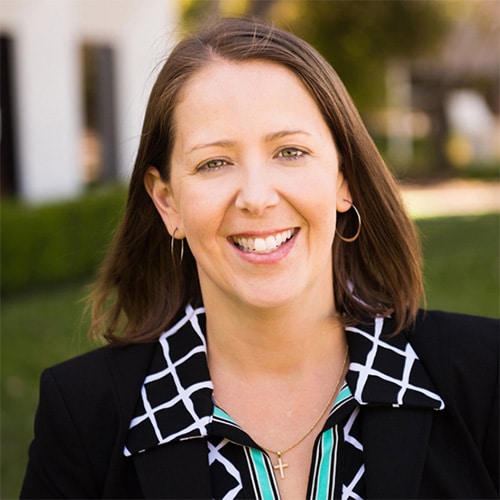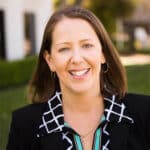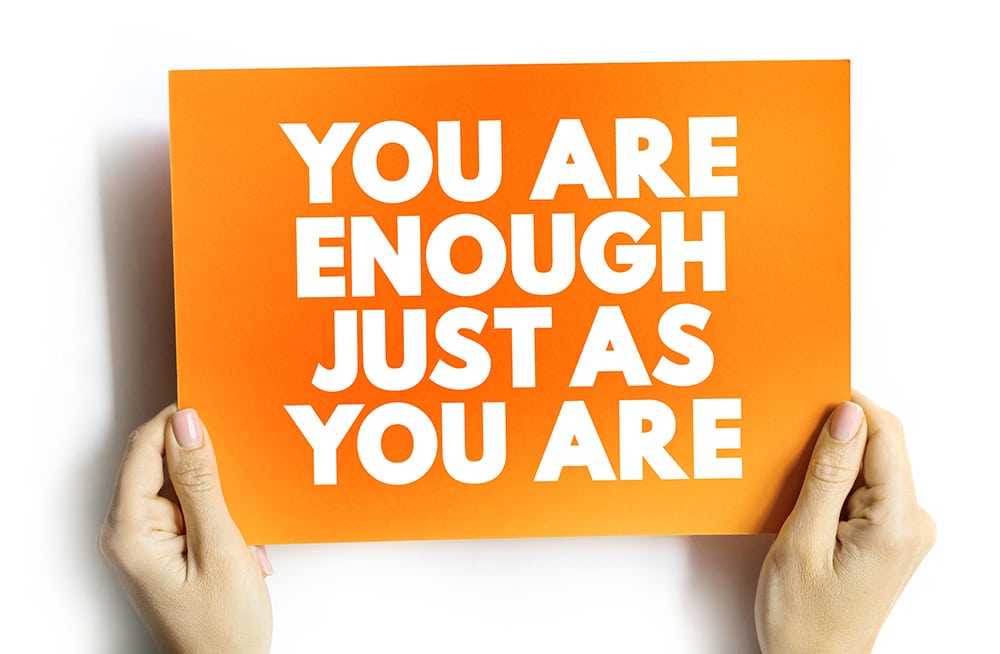Home » Allyship & Equity » Bridging the Gender Gap in the A/E/C Industry
Diversity, Equity, & Inclusion
Bridging the Gender Gap in the A/E/C Industry
Despite being the sixth largest employment sector in the U.S., women represent only 17% of registered architects and 13% of engineers. Representation is even lower in the construction industry, with women comprising only 11% of the workforce. While these numbers are improving, we still have a lot of work to do to create gender parity and empower more women to pursue architecture, engineering, and construction (A/E/C) careers, and it’s important that we do the work to make it happen.
From one perspective, many studies, including one by McKinsey + Company, show that gender diverse companies can generate 25% more profitability compared to companies that are not. But from another, even more important perspective, diversity is vital to creating more inclusive designs, including parking facilities. If we want to design parking that serves communities, we need to reflect the communities who use them when we create them.
What can we do to close the gender gap? While women face many systemic barriers to our industry, one step to narrowing the gap involves creating more awareness among students about what A/E/C careers really look like and what opportunities are out there. This is something I didn’t have when I was in school and is something I have heard echoed by other women. Without resources, and with so few women role models to look up to, many women never give A/E/C careers a second thought.
For many women, seeing is believing. Studies have shown that women are more likely to choose a science and engineering career if they have a female teacher, and while women have played significant roles in A/E/C and science, technology, engineering, and math (STEM) fields, many of their accomplishments remain unsung and removed from the spotlight. For example, despite being California’s first—and for 20 years the only—licensed female structural engineer, I’d never heard the name Ruth Gordon Schnapps until I began to explore the role of women in my field. She not only had several notable projects throughout San Francisco, but she was also a staunch activist for gender equality. Yet I knew nothing about her. When women do not see themselves represented in certain roles, they are often discouraged from pursuing them.
Therefore, when I became chair of Watry Design’s Justice, Equality, Diversity, and Inclusion (JEDI) committee, one of the goals we established was doing community outreach. We partnered with organizations such as Architecture for Communities Los Angeles to participate in Design by Diversity, a day dedicated to connecting A/E/C professionals to students of all ages, raising awareness in our profession and encouraging diversity.
We also partnered with The Tech Interactive in San Jose, California, to celebrate STEM inclusion through their Pave It Forward luncheon, which brought in prominent women in STEM to speak to young women and nonbinary students and created awareness about STEM pathways in Silicon Valley.
Beyond these organizations, we have encouraged our designers to connect with local high schools such as Notre Dame High School and Venice High School in California to speak to students about what it’s like to work in the design industry, and what an A/E/C career looks like. Fun games like building towers out of gumdrops and toothpicks or showing virtual reality walk throughs of projects have given us impactful ways to inspire students while introducing architectural and engineering concepts.
As a female structural engineer, I have the opportunity to show young women that they can have a career like mine. When I engage with students, I can introduce them to my field and show it to them through the eyes of a woman. My experiences are different from men, and theirs will be too. By sharing my experiences and giving them someone to reach out to if they have questions or want to learn more, I can be a resource of both information and encouragement.
I’ve been very fortunate in my career to work with people who support and advocate for gender equality in our industry, and I feel it’s my duty to advocate and pave the way for more women to take the same journey. If I can engage with just one student, just one, who hears about my experiences and decides they want to be a structural engineer, it’s worth the hard work. ◆
Anita Gupta, SE, is Associate Principal for Watry Design, Inc.
-
This author does not have any more posts.












